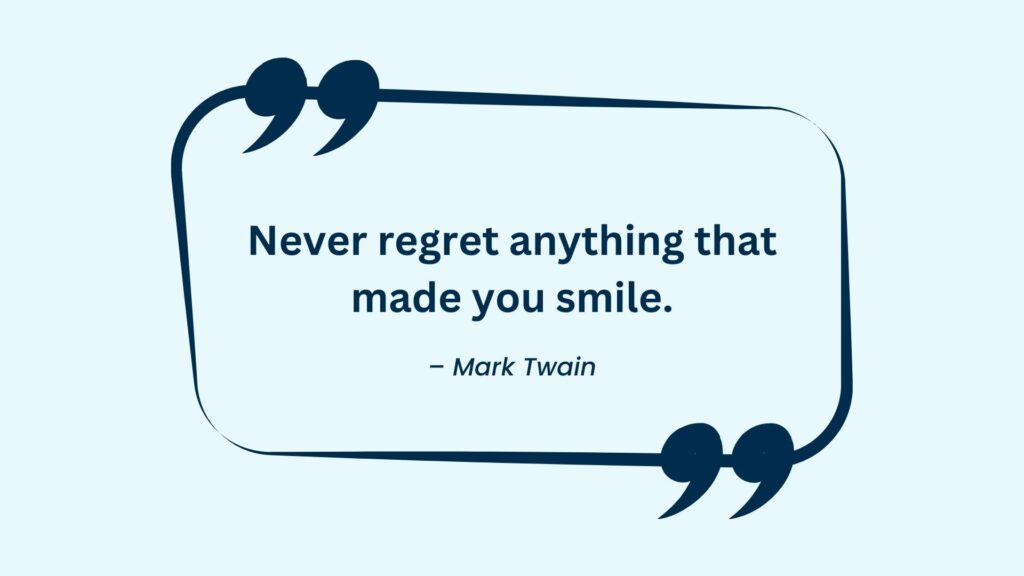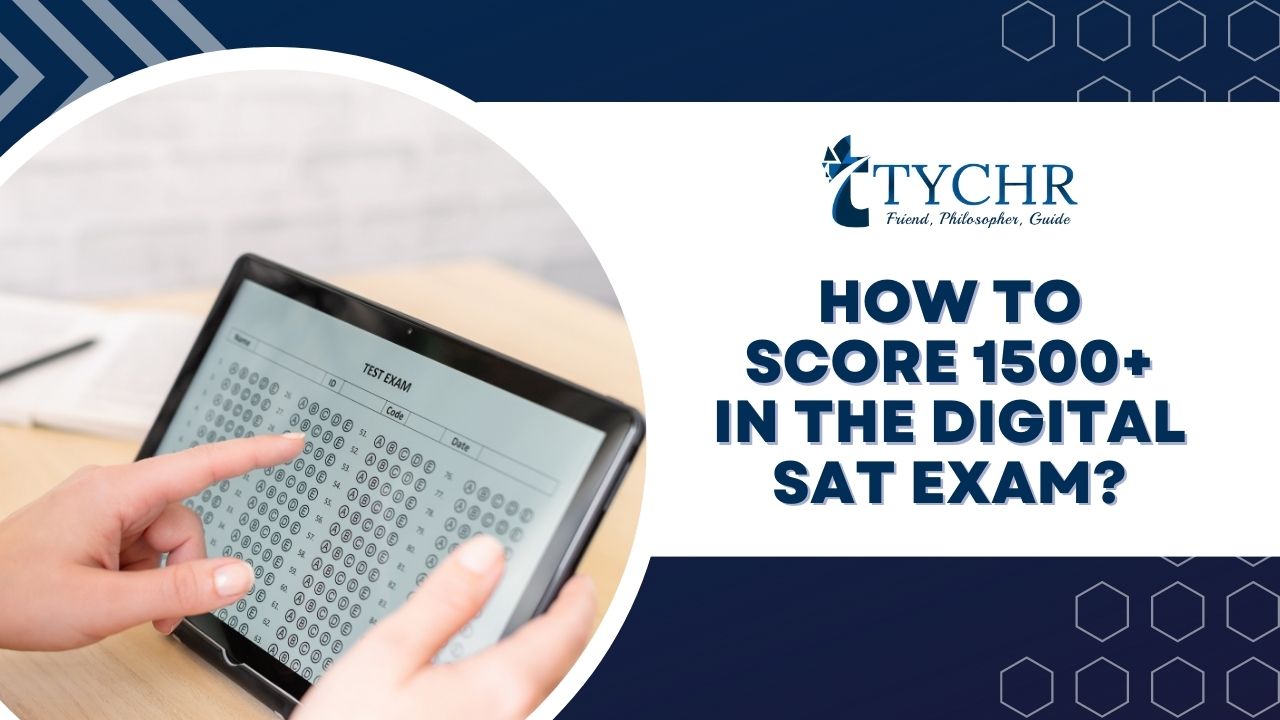Table of Contents [hide]
There can be many reasons why you’re here with me reading this; we are trying to identify the two main ones – It is the onset of you working for your dream to land into a foreign university or you’re close to college application deadline. If it is the end of your application deadline or the onset of your preparation, believe me, you’re not trailing behind. Either way, it’s never too late to try and get a great score.
In the pursuit of your academic goals, one crucial (but sometimes optional) stepping stone is the SAT (Scholastic Assessment Test). The SAT is a standardized exam administered by the College Board, designed to evaluate the written, verbal, and mathematical skills of high school students seeking admission to undergraduate programs. Whether you’re aiming to study in the United States or abroad, the SAT plays a significant role in the admissions process for many universities.
Now, as you start prepping for this SAT, it’s essential to understand that timing is key. Being well-prepared and equipped with effective strategies can make a world of difference in achieving your desired score. So, let’s dive into some tips and techniques that will help you navigate the SAT with confidence and excel in every section, from reading and writing to mathematics. Remember, it’s never too late to embark on this exciting adventure and strive for success. Here are some tips and tricks to help you tackle through multiple questions and identify the correct option:
BEING FAMILIAR WITH SAT PAPER PATTERN
- The duration of the digital SAT Paper is 2 hours and 14 minutes with a 10 minute break in between. It has a total of 98 questions.
- The first section is Reading and Writing which is now combined into one single section. This is split into 2 modules and is for a total of 64 minutes. This section has 54 multiple choice questions and each of them include a very short passage.The passages may even contain informational graphics. Furthermore, modules 1 and 2 have 27 questions for 32 minutes as well. The difficulty of the questions have become adaptive. Therefore, the difficulty of Module 2 will depend on the performance of the student in Module 1. Post this section, there is a 10 minute break.
- The SAT Math section is for 70 minutes and it has two modules similar to the Reading section. There are a total of 33 multiple choice questions plus 11 student-produced response questions. All of the questions are intermixed. Modules 1 and 2 have 22 questions for 35 minutes each. The difficulty of the questions have become adaptive. Therefore, the difficulty of Module 2 will depend on the performance of the student in Module 1. A major change that has been implemented is the permission to use a calculator for the entire math section.
- The average time per question for each of the sections are as follows:
- Reading and Writing: 71 seconds
- Math: 95 seconds
STRATEGIZE YOUR ANSWERING TECHNIQUE
- Familiarize yourself with the digital interface: Spend some time getting acquainted with the digital SAT platform. Practice using the tools, navigating between questions, and familiarize yourself with the features available. This will help you feel more comfortable and save precious time during the actual exam.
- Use the highlighting and note-taking features: Take advantage of the digital tools provided. Use the highlighting feature to mark important information in the questions or passages. Utilize the note-taking feature to jot down key ideas, formulas, or any thoughts that can help you solve the problem effectively.
- Review your answers: If time permits, go back to your questions and review your answers before clicking the big button to submit. Double-check for any errors or mistakes you may have made. It’s always worth taking the extra time to ensure your responses are accurate.
While you’re preparing for the exams, there will be a lot of techniques and approaches taught to you. Every question type will have a distinct way to solve quickly and accurately.
However, most students get astray while looking for strategies online or through others. It is best to know your strategy by practicing. Always practice the questions to master the techniques and approaches. The fewer the errors, the higher the score. Specifically, while aiming for a higher score, learn to apply techniques rather than looking for shortcuts.
TAKE FULL-LENGTH PRACTICE TESTS
The College Board recognizes the importance of providing students with ample preparation for the Digital SAT exam. To support test-takers, they have developed full-length digital SAT tests that closely simulate the actual exam experience. These full-length digital SAT tests are designed to help students become familiar with the digital format, interface, and functionality of the exam. By taking these practice tests, students can gain confidence and improve their performance on the actual exam day.
More often than not, you’re quite capable of answering through all the questions. However, time management always ends the show. While taking full length test papers will help in managing the time, you will also get more familiar with the question types in each section of the test and thus gradually have a better pace. Take your tests in such a way that you get all of the questions you know correct and try your hand at the harder ones as well.
While it may not mimic the same conditions (the part where module 2 adapts based on your responses for module 1), the style and difficulty of the questions are similar. It is always good to practice both the modules in each of the 3 papers that the College Board has provided for free on their website with a detailed explanation for each of the questions.
JOIN AN ONLINE PREPARATION COURSE
You may be extremely good at solving questions or perhaps great with grammar and reading elaborate and in-depth comprehension questions. However, as mentioned earlier, time has the key role in your scores. With your great skills in answering questions, you should learn the art of answering correctly within a well stipulated time. Hence, it is recommended to enroll for an online crash programme to learn strategies, techniques and skills to finish off in time with full accuracy. Also, you’ll always have a back to emphasise on taking tests and assessing your performances from time to time.
TEST REVIEW AND ANALYSIS
We always think of our answers to be accurate. Just taking tests without reviewing your performance is a bad idea. After you’re done writing your sample papers, ensure reviewing your answers and analyse the errors in each test. It is through test reviews that we learn to accept and correct our mistakes further. Ensure asking yourself questions like – Why did the error happen? Was it a careless error? Did you not know the concept or technique behind it? Did you spend a lot of time on it? Did you follow the approach staunchly? Was it a guess? If you’re able to answer these questions, there are very high chances that you may not miss a good score.
After taking the Digital SAT exam, the College Board typically releases the test answers and scoring information within a few weeks. The exact timeline may vary, but you can expect to receive your scores online through your College Board account. The College Board usually notifies test takers via email when the scores are available. It’s important to regularly check your email and College Board account for updates on score release dates. By keeping track of the notifications and following the College Board’s instructions, you will be able to access your test answers and scores in a timely manner. You can also expect the results sooner since the test has been digitized.
TAKE PACE AND ACCURACY TOGETHER
Practically while you look at this, to score 1500+ would mean getting almost all answers correct. So, focus and work hard on your strengths. In the last days of your preparation, strengthen your strong elements and try to make a balance by it to compensate for your weaker section.
For example, if you’re strong in the verbal section, ensure getting all the questions right in it.
This will allow you to compensate in getting a lesser score in Maths. Schematising your scores is a good idea to balance your accuracy and pace. With the suggestions made above, if you take them quite seriously and ponder keenly on them from now onwards, there’s going to be no one who will stop you from getting a perfect score. The sky’s the limit for you then!

CONCLUSION
Preparing for the Digital SAT requires a strategic approach and focused effort. By familiarizing yourself with the SAT paper pattern and understanding the structure and timing of each section, you can better manage your time and tackle the questions with confidence.
Utilizing the digital tools and features available during the exam, such as highlighting and note-taking, can enhance your problem-solving abilities and improve your accuracy. Practice is key, as it allows you to master the techniques and approaches specific to each question type, ultimately leading to higher scores. Remember to capitalize on your strengths while maintaining a balance between sections. Focus on excelling in your strong areas to compensate for any weaknesses. By combining accuracy and pace, you can strive for a high score and achieve your desired outcome.
As you set on your Digital SAT journey, believe in your abilities, stay motivated, and give it your best effort. With dedication and a strategic approach, there is no limit to what you can achieve. Good luck on your Digital SAT exam, and may you soar to new heights!







